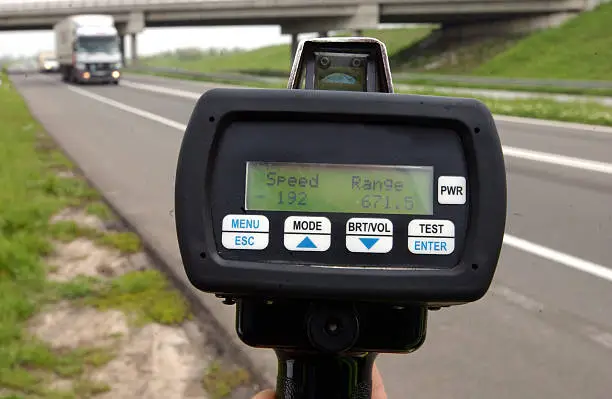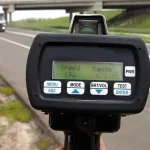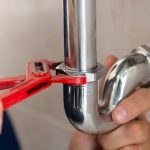Radar guns are fascinating devices that combine physics, engineering, and technology to measure the speed of moving objects with incredible accuracy. Whether used by law enforcement to monitor vehicle speeds or by coaches to track a pitcher’s fastball, a radar gun operates on simple scientific principles that have been refined over decades. Understanding how a radar gun works can help you appreciate the precision and reliability behind this everyday speed-detection tool.
The Basics of Radar Technology
The term “radar” stands for Radio Detection and Ranging. It works by transmitting radio waves and analyzing the reflections that bounce back from objects. When a radar gun sends out a burst of radio waves, those waves travel through the air until they hit a moving object—such as a car, baseball, or runner. The waves then reflect back to the radar gun’s receiver. By measuring changes in the frequency of these reflected waves, the device can calculate the object’s speed almost instantly.
This process is based on a scientific principle known as the Doppler effect. When an object moves toward the radar gun, the reflected waves are compressed, increasing their frequency. When it moves away, the waves are stretched, lowering the frequency. The radar gun measures this shift and converts it into a speed reading using built-in software and algorithms.
Step-by-Step: How a Radar Gun Measures Speed
- Transmission of Radio Waves:
The radar gun emits a focused beam of radio waves, typically in the microwave range. These waves travel at the speed of light until they hit a moving target. - Reflection and Frequency Shift:
The moving object reflects the radio waves back to the radar gun. Because of the object’s motion, the frequency of the reflected wave differs slightly from the frequency of the transmitted wave. - Detection and Calculation:
The radar gun’s receiver detects the frequency shift and uses the Doppler formula to calculate speed. This process takes just fractions of a second, allowing the device to provide real-time results. - Display of Speed Reading:
The radar gun’s internal microprocessor converts the data into a readable number displayed on the screen. Depending on the model, it can show speeds in miles per hour (mph) or kilometers per hour (km/h).
Types of Radar Guns
There are two main types of radar guns: stationary and moving.
- Stationary radar guns are used when the operator is not moving—such as a police officer parked on the side of the road or a coach tracking an athlete. These models calculate the target’s speed relative to a fixed point.
- Moving radar guns are more advanced and can measure the speed of other moving objects while the user is also in motion. For example, a police officer driving a patrol car can still measure the speed of another vehicle approaching or passing by.
Some modern radar guns even use LIDAR (Light Detection and Ranging) technology, which relies on laser pulses instead of radio waves. LIDAR can be more precise over longer distances and is less affected by nearby objects or interference.
Applications Beyond Law Enforcement
While radar guns are most commonly associated with traffic enforcement, their use extends to many fields. In sports, coaches and scouts use radar guns to measure the speed of pitches, serves, or swings to assess performance and improvement. In engineering, radar technology helps monitor vehicle speed patterns and traffic flow for safety studies. Even in scientific research, radar systems play a role in tracking weather patterns and wildlife movements.
Accuracy and Limitations
Modern radar guns are extremely accurate—typically within ±1 mph—but several factors can affect performance. Interference from multiple moving objects, reflections from nearby structures, and extreme weather conditions can sometimes produce false readings. To counter this, professional-grade radar guns are designed with filtering and signal-processing features that isolate the target object and improve accuracy.
Final Thoughts
The radar gun is a brilliant example of how scientific principles translate into practical, real-world tools. By harnessing the Doppler effect and modern electronics, it allows us to measure motion with speed and precision—whether ensuring road safety or analyzing athletic performance. Understanding how a radar gun works not only highlights the power of physics in action but also deepens appreciation for the technology that helps keep our world running smoothly and safely.







